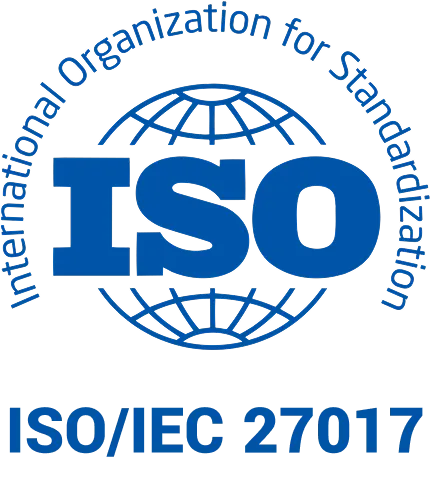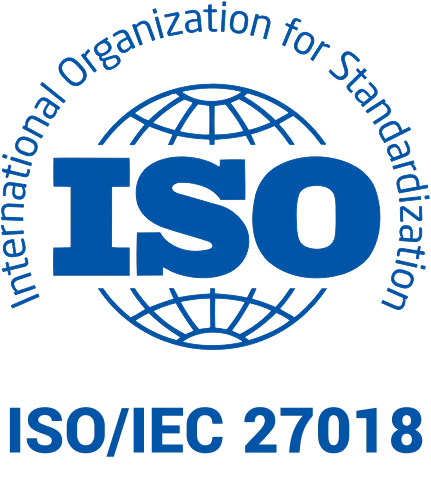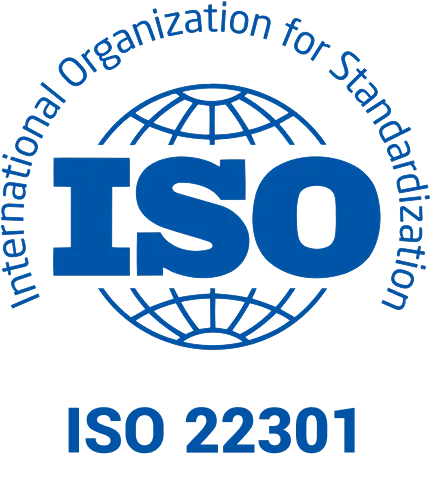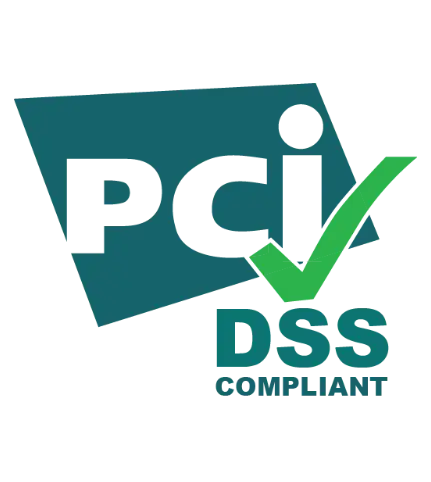
8 best productivity tips for work
Productivity is not just about hard work but, above all, effective work. Every employee wants to feel that their time and effort translate into real results. So how can you optimize your time and actions in the office? Here are 8 proven tips.
Plan and prioritize
Start each day by making a list of tasks you want to accomplish. This ritual helps organize your thoughts and focus on what is most important. The order of tasks should reflect their importance to your professional goals. It's crucial not to overwhelm yourself with a long list—focus on a few key tasks rather than spreading yourself thin with many small tasks.
Once your list is ready, review it carefully. Consider which tasks are truly priority and which will contribute the most to achieving your long-term goals. Assessing whether a task is important or urgent will help you prioritize your duties. Don’t hesitate to delegate tasks. If you can pass on a task to someone else who can perform it just as effectively, do it. This will allow you to focus on tasks that truly require your unique skill set. Also, think about when during the day you are most productive. For many, early morning hours are when they are most focused. Use this time to tackle the most important tasks on your list. Finally, remember to regularly review and update your list.
Use work tools
The modern world offers a plethora of applications and tools that help with day organization, project management, and team communication. A well-chosen set of tools can significantly boost your productivity at work.
One popular task management tool is Trello. It allows you to create lists, cards, and boards that help visualize progress on projects. Asana, on the other hand, is a comprehensive project management tool that lets you track progress, set priorities, and communicate with your team all in one place. For communication, apps like Slack or Microsoft Teams facilitate internal conversations, document sharing, and integration with other tools. In terms of time management and planning, digital calendars like Google Calendar or Outlook offer features that help plan your day, week, or even month in advance. You can set reminders, schedule meetings, and synchronize them with other devices.
Don't forget about tools for storing and sharing documents. Dropbox, Google Drive, or OneDrive are just a few of the many available options. They ensure your files are secure and accessible from anywhere in the world.
When selecting work tools, also consider their integration. The better they communicate with each other, the easier it is to maintain workflow and maximize productivity.
Limit distractions
Turn off social media notifications, set your phone to "Do Not Disturb," and establish specific times to check your email. In today's digital world, constant notifications can become a major source of distraction, disrupting our focus and reducing productivity. Every interruption to check notifications from Facebook or Instagram can cost precious minutes, which adds up to hours of lost time over a month.
Frequent interruptions not only take away time but also affect the quality of the tasks being performed. Regaining full concentration after each interruption can take several minutes. Therefore, consider whether it’s necessary to respond immediately to every message you receive. Instead of reacting to each incoming email, it’s better to set two or three specific times during the day to focus solely on replying to messages. This way, you’ll be able to concentrate on the most important tasks and complete them without unnecessary breaks. These strategies aim to help you manage your time and energy better, leading to higher efficiency and improved well-being at work. In an era of constant connectivity and information, learning to protect your focus and attention is crucial.
Take regular breaks
Work with concentration for a set period, then take a short break. This not only improves focus but also helps with recovery. This technique, known as the Pomodoro Technique, involves working for 25 minutes followed by a 5-minute break. After four such cycles, a longer break of 15-30 minutes is recommended. Why does this approach work? By concentrating for a short period, our brain can focus 100% on the task without feeling overloaded or bored. Short breaks are a time to rest, stretch your legs, hydrate, or reset your mind before the next work phase.
Incorporating this technique into your daily routine can bring unexpected benefits. First, you manage your time and tasks better. Second, you become more aware of how much time you actually spend on specific tasks, which can be helpful in planning future projects.
Additionally, regular breaks help maintain your energy levels throughout the day. This prevents burnout from several hours of uninterrupted work. Moreover, brief moments of rest can inspire and stimulate creativity, offering new perspectives and solutions to challenges faced. Try this method and adapt it to your own needs. Even if it initially seems a bit rigid, over time you may notice its numerous benefits for work productivity.
Take care of your health
Regular exercise, a healthy diet, and adequate sleep are key to maintaining high productivity at work. A healthy employee is more focused and less prone to stress. Regular physical activity increases blood flow to the brain, which stimulates the production of endorphins—happiness hormones. These make us feel more relaxed and ready to act. Exercise doesn’t have to be intense; even a short 30-minute walk each day can provide significant benefits for your well-being and concentration.
A healthy diet rich in vitamins, minerals, and protein provides the energy needed for effective work. Balanced meals regulate blood sugar levels, preventing sudden drops in energy throughout the day. Remember to drink water regularly, as it’s essential for your body’s proper functioning. Adequate sleep is another crucial element in maintaining productivity. Adults should aim for an average of 7-9 hours of sleep per night. Sleep helps regenerate the brain and body, translating into better concentration and problem-solving abilities.
Neglecting these three basic aspects of health can lead to decreased energy, concentration problems, and an overall sense of fatigue and burnout. Taking care of yourself is an investment in your professional and personal future.
Create an ideal work environment
Good lighting, a comfortable chair, and organized space all impact productivity at work. Proper lighting, especially natural light, greatly affects our ability to focus. In poor light, our eyes tire more quickly, which can lead to headaches and decreased efficiency. In the office, invest in LED lamps that provide light similar to daylight. A comfortable chair is essential if you spend many hours in front of a computer. Poor posture can lead to back, neck, and shoulder pain. Therefore, choose a chair that allows for adjustments in height, backrest angle, and seat depth, and has ergonomic support for the spine.
Space organization is equally important. A clean, organized desk allows you to find needed materials more quickly, which in turn saves time and increases efficiency. Additionally, an organized workspace promotes concentration and helps avoid unnecessary distractions. An aesthetically pleasing and functional environment motivates action and makes working more enjoyable.
Invest in training and development
Invest in yourself. Learn new skills, use available work tools and training. This not only increases your productivity but also translates into better benefits for employees. Continuous self-improvement is key to success in any field. In today’s dynamic work world, technologies and tools are constantly evolving. Therefore, staying updated with industry news is valuable. Courses, workshops, or webinars are excellent ways to acquire new skills and deepen knowledge.
Using modern work tools not only simplifies daily tasks but also allows you to perform them more efficiently. Automation, project management tools, and specialized software can all speed up task completion and give you an edge over the competition. Investing in personal and professional development often translates into benefits for employers as well. Employees who develop and upgrade their skills contribute to the company’s growth. As a result, employers are more willing to invest in such employees by offering better benefits, bonuses, or promotion opportunities.
Finally, developing and acquiring new skills boosts confidence. You know you can meet challenges and adapt to changing circumstances. This translates into greater engagement at work, better task quality, and increased productivity.
Feedback and communication
Regular meetings with supervisors and team members help understand what works and what needs improvement. Open communication is key to understanding needs and expectations.
Communication in the workplace is crucial for achieving organizational and individual goals. Through frequent meetings and discussions, we can better understand the company’s objectives as well as the individual roles and responsibilities of each employee. When everyone on the team is aware of their tasks and knows how they contribute to the company’s overall goals, productivity at work increases. Meetings with supervisors provide employees with direct feedback on their performance. This can be an excellent opportunity to get advice that will help in professional development, as well as to express concerns or suggestions. Colleagues who regularly receive feedback and feel that their opinions are valued are more engaged and loyal to the company.
On the other hand, regular meetings with team members help build relationships that are key to effective collaboration. This way, teams can better understand mutual expectations, identify potential issues, and work on solutions in a more coordinated manner. Open communication also allows for quicker recognition and resolution of problems. When employees feel comfortable expressing their concerns or ideas, it’s possible to take swift action to rectify situations. Therefore, it’s important to emphasize creating an open communication culture in the workplace where every employee feels heard and valued.
In summary, productivity at work is a combination of many factors. From proper planning and utilizing the right work tools to taking care of your health and comfort. Remember that every investment in yourself and your skills translates into better benefits for employees and overall efficiency in the office.





































